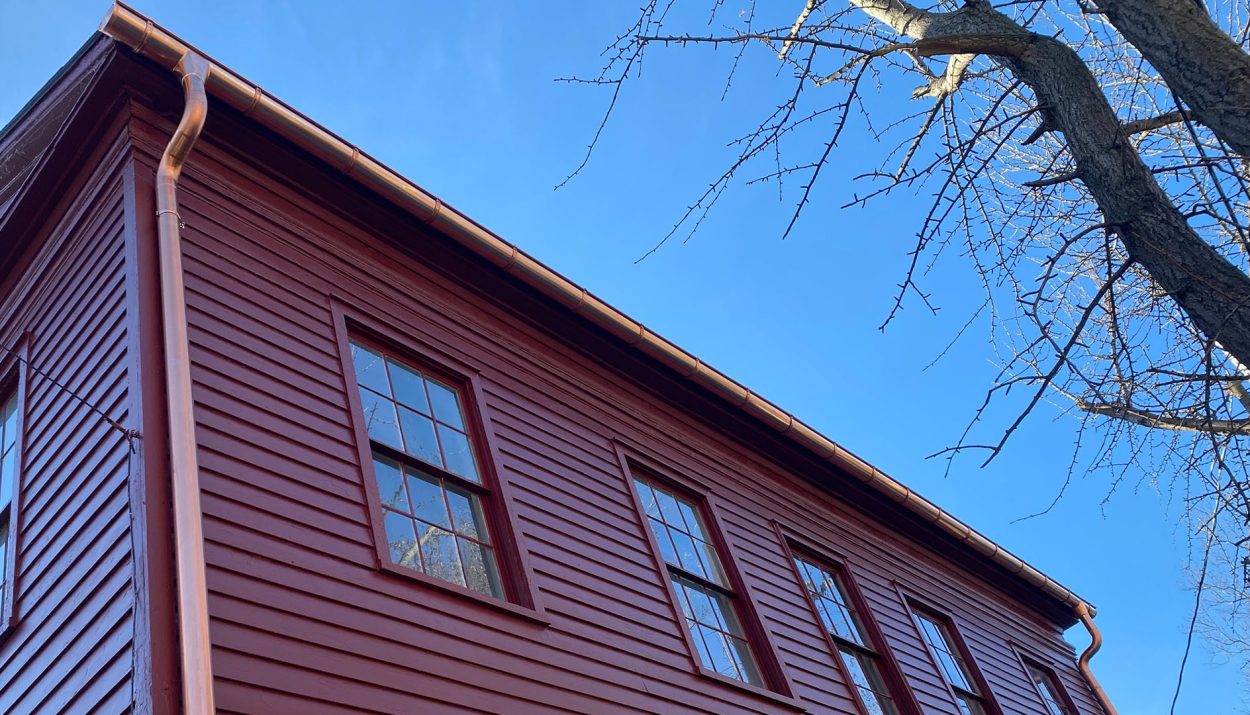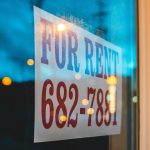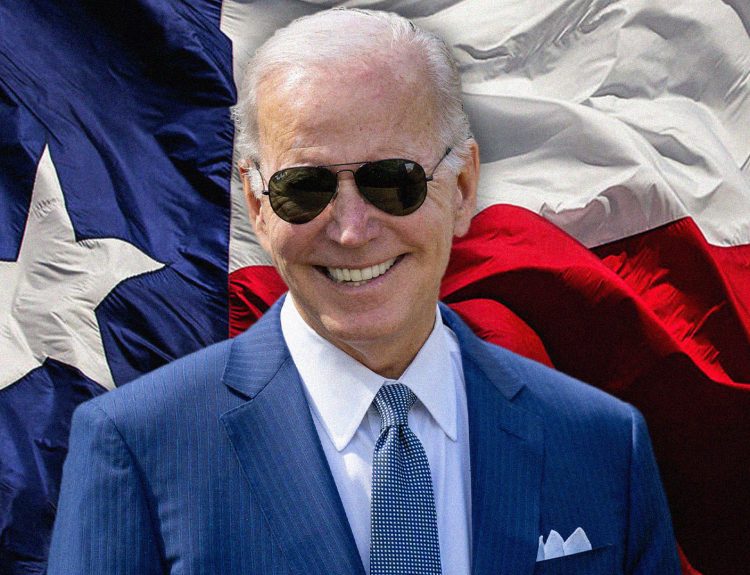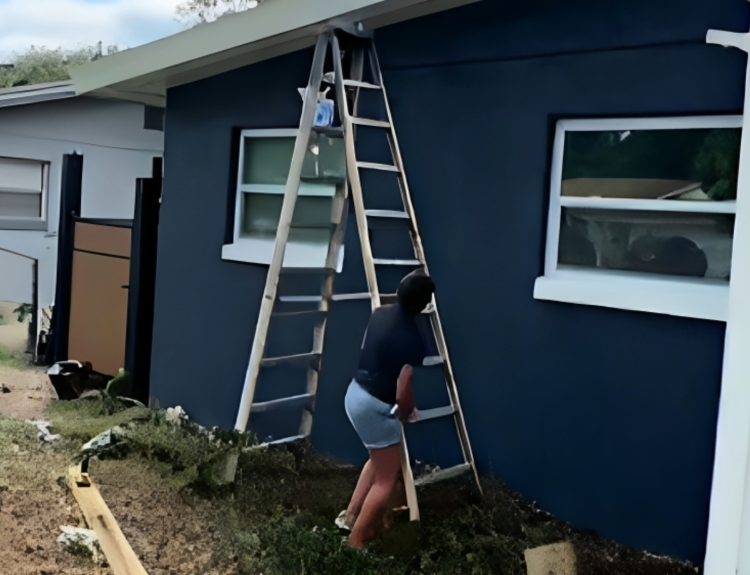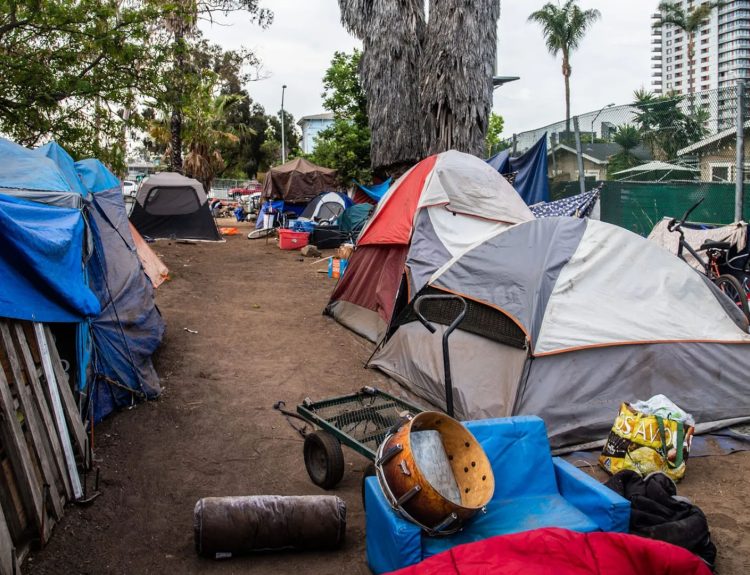Once heralded as the archetype of the American Dream, the suburbs are experiencing an identity crisis. The diversity that was once confined within urban centers has steadily reached outward into formerly homogenous suburban communities over recent decades.
However, the institutions and power structures in many suburbs have been slow to reflect the changing racial demographics, resulting in marginalization and disenfranchisement of minority groups.
Unveiling the Demographic Shifts in Suburban America
The population of American suburbs has undergone a monumental shift in recent decades. Once populated predominantly by white families seeking refuge from urban centers, suburbs have become increasingly diverse. Benjamin Herold, an education journalist, spent years chronicling the stories of families of color who sought the promise of suburban life only to find their communities in decline.
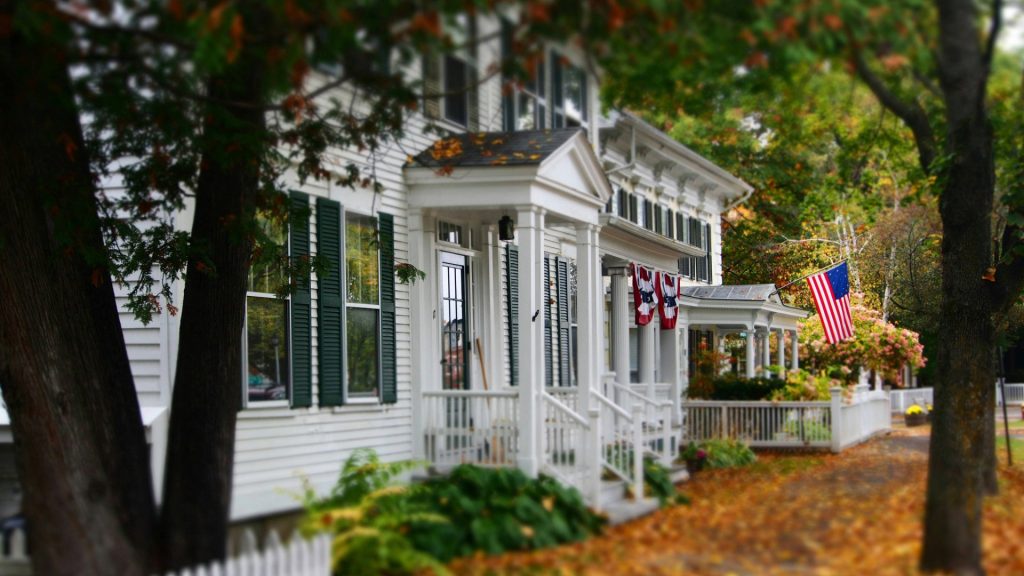
As Herold discovered, the inner-ring suburbs closest to cities have experienced the most significant upheaval. These communities built their success on nearby industrial centers that have since closed, decimating the tax base-the resulting loss of revenue left crumbling infrastructure and underfunded schools in its wake.
The City of Cicero, Illinois
The city of Cicero, Illinois, offers a striking example. In the mid-20th century, Cicero was a working-class suburb of mostly Italian and Eastern European immigrants. Town officials went to extreme lengths to prevent black families from settling in Cicero, at one point calling in the National Guard to force a black family from their home.
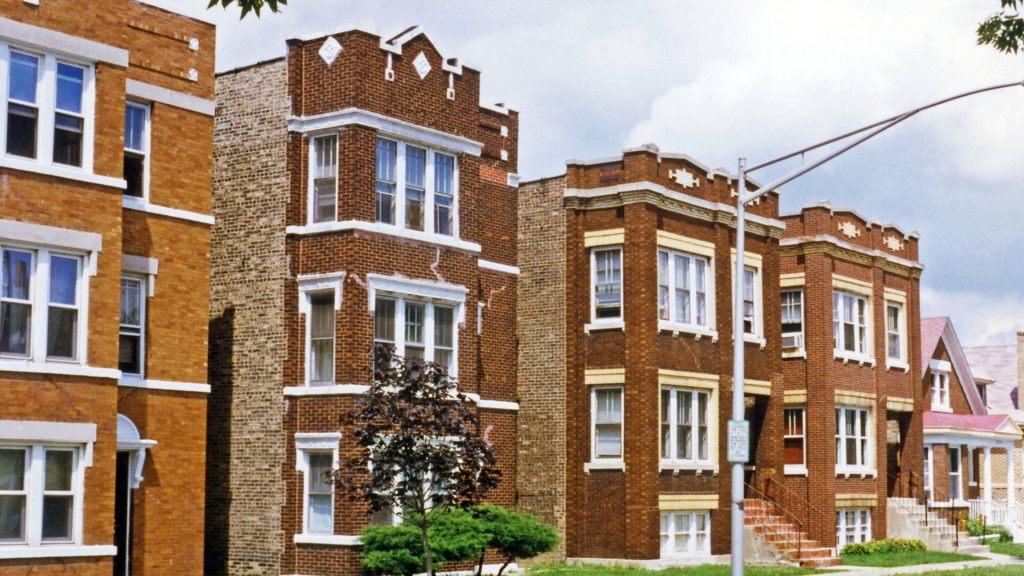
By 2000, three-quarters of Cicero’s residents were Latino. The factories that had once employed much of the town had closed, and white families had moved away. The new Latino majority was left with few resources to repair the damage.
An American Dream turned Nightmare
Stories like that of Cicero are symbolic of the Ponzi scheme suburbs have become. They were built on the promise of prosperity but have been unable to sustain themselves. Families of color drawn to affordable housing and good schools were found only to decline. While the struggles of cities have been well documented, the turmoil in suburbs has received far less attention.
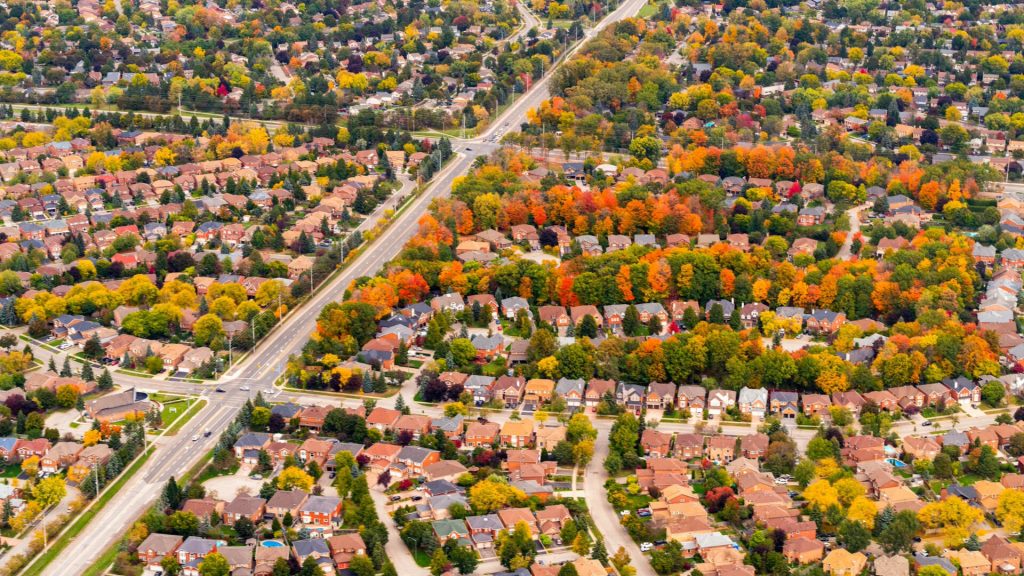
As Herold argues, suburbs represent the pinnacle of the American dream for many. Their unraveling signifies the fraying of that dream. Understanding the realities of life in suburbs today is crucial to gaining insight into the challenges of inequality and disenfranchisement that shape America.
The Allure and Symbolism of Suburban Living
The suburbs have long represented the American dream for many families. After World War II, the United States experienced a massive housing boom and a population shift to suburbia. Between 1950 and 2020, America’s suburbs grew from 37 million to 170 million residents, demonstrating the strong allure of suburban living.
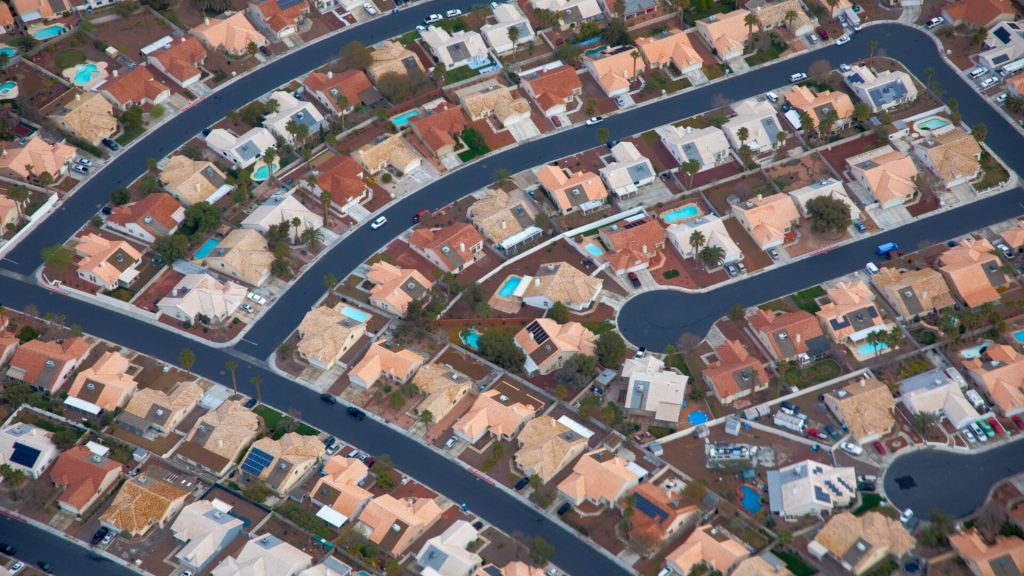
Suburbs promised spacious homes, safe neighborhoods, high-quality schools, and an overall higher standard of living. For white, middle-class families in particular, the suburbs represented an escape from the perceived decay of cities. Generations of families sought the comfort, community, and opportunity that suburbia seemed to offer.
Trump’s Insight on Overran Subribia
Politicians frequently evoke the image of suburbia to appeal to voters. In the 2020 election, Donald Trump claimed that if he lost, America’s Suburbs will be overrun with low-income projects, anarchists, agitators, looters, and, of course, “Friendly Protestors.” He attempted to stoke fears that Democrats would threaten the suburban way of life that so many hold dear.

However, the realities of suburbia have not always matched the idealistic vision. Many suburbs have experienced economic and social decline over time. Aging infrastructure, decreasing tax revenues, increasing poverty, and rising inequality have undermined the promise of suburbia for some. For families of color, in particular, the suburban dream has proven elusive and exclusionary.
Penn Hills, Pittsburgh: A Microcosm of Suburban Decline
Penn Hills, Pennsylvania, located just outside Pittsburgh, serves as an illustrative example of the decline facing many American suburbs. According to Benjamin Herold, Penn Hills was once a predominantly white, middle-class suburb. However, as Herold notes, “White families like Herold’s have moved out; Black families have moved in. It’s a pattern, Herold writes, repeated in suburb after suburb.”
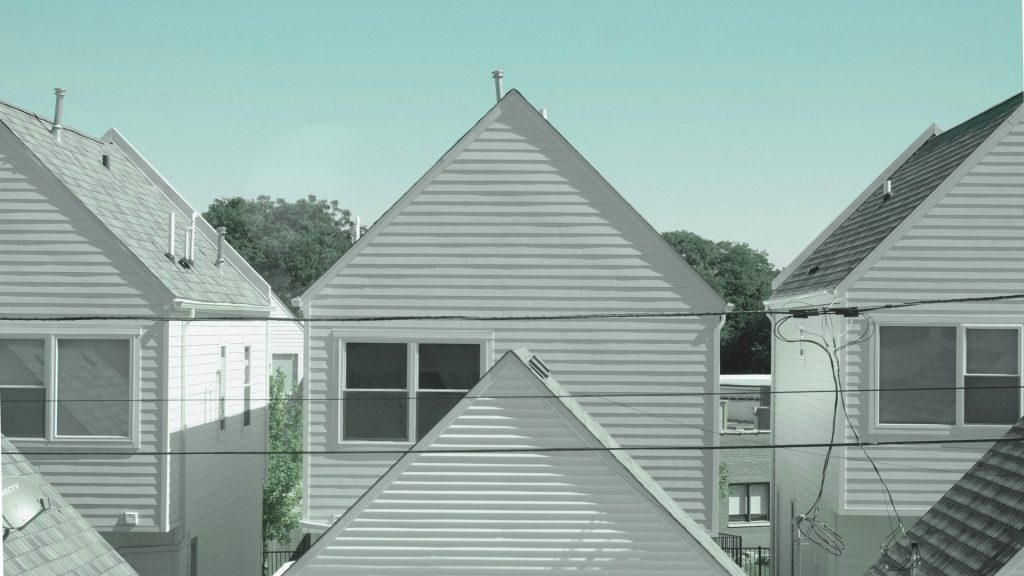
When Herold visits Penn Hills, where his family lived in the 1970s, he finds a town in disrepair. The average home price has dropped by over 35% since his childhood, and the town struggles with infrastructure issues like a failing sewer system and a school district $9 million in debt.
Disinvestment and Extreme Poverty
Penn Hills’ decline reflects the challenges facing inner-ring suburbs across America. Once a symbol of the American Dream for many white families, these communities have experienced white flight, disinvestment, and increasing poverty. The new residents, who are frequently lower-income and people of color, inherit the legacy of poor planning and deferred maintenance that led to the suburbs’ unraveling.
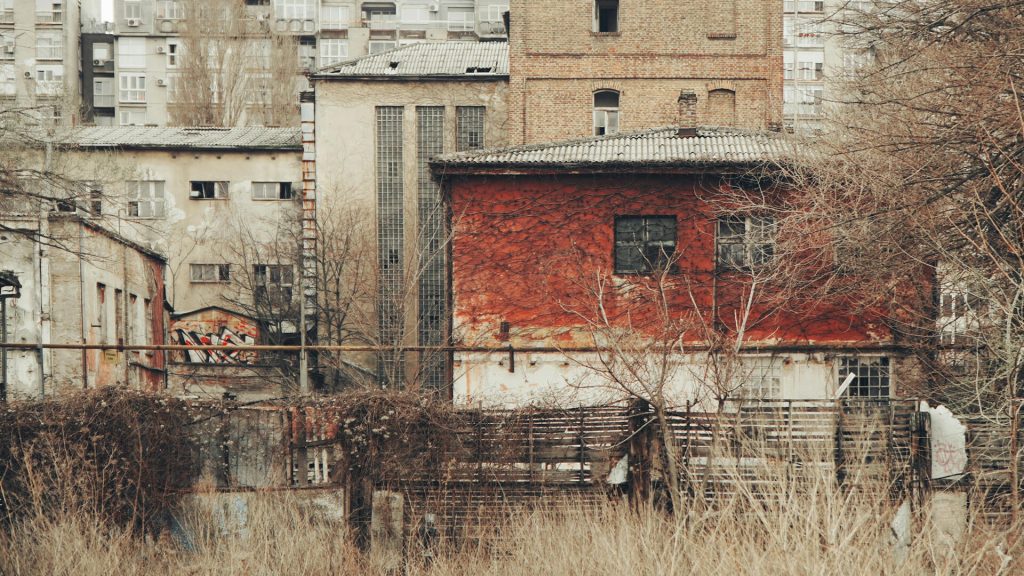
Bethany Smith, a single Black mother whom Herold meets in Penn Hills, represents the struggles of families who hoped the suburbs would provide opportunity. Despite buying a home to give her son “the absolute best,” Bethany finds a community with failing infrastructure and poor schools.
A Warning Shot for Policymakers and Planers
The fate of Penn Hills and suburbs like it serves as a warning for policymakers and planners. If sustainable, opportunity-rich communities are the goal, investment in long-term infrastructure and equitable access to resources are required.
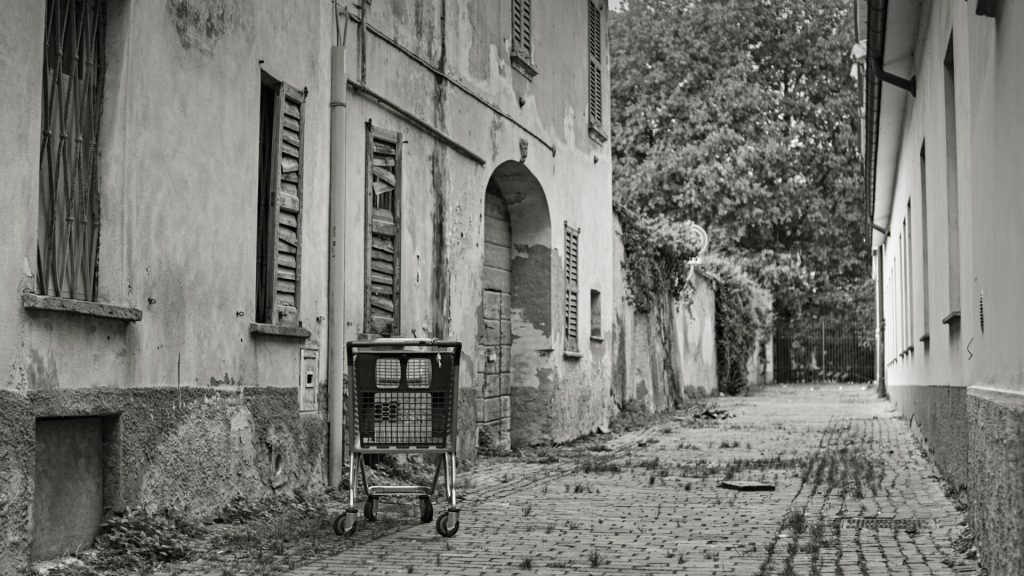
The alternative is communities built on “slash-and-burn” development, where “we build a place, we use up the resources, and when the returns start diminishing, we move on, leaving a geographic time bomb in our wake!” as Charles Marohn argues. By addressing issues of racial and economic equity in access to education, jobs, and community resources, we can build suburbs that provide opportunity for all.
A Plague of Disenfranchisement
As populations have increased in the suburbs over decades, the infrastructure built to serve smaller communities has aged and deteriorated. Roadways, public transit, waste and water systems, and other critical infrastructure now struggle to meet the needs of larger populations.
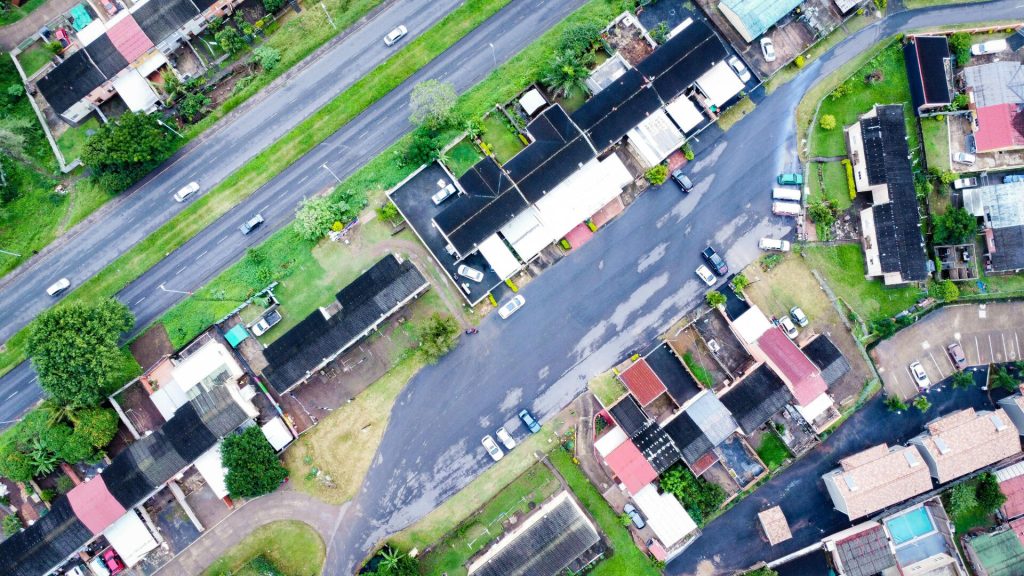
Some suburbs cannot afford necessary repairs and upgrades, leading to unsafe conditions and reduced quality of life. Suburban demographics have diversified, with more working-class and minority families moving from cities in search of opportunity. However, these families often face discrimination and barriers to success in suburbs designed for predominantly white, middle-class populations.
Financial Mismanagement
Some suburbs have mismanaged funds and failed to plan for changing circumstances. Over-reliance on property taxes, court fees, and traffic violations has created instability. As populations have grown more diverse and working-class, these funding sources have proven unsustainable.
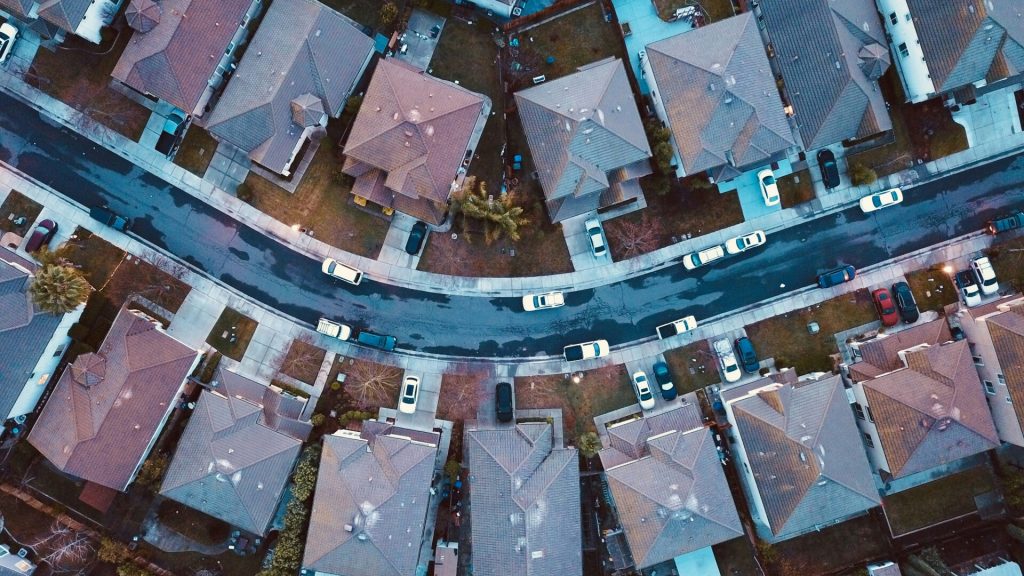
Poor financial management and planning have left certain suburbs with massive budget shortfalls, an inability to provide critical services, and crumbling infrastructure. With decisive action, suburbs may yet fulfil their promise as bastions of the American dream.
Ferguson as a Case Study: From Prosperity to Decline
The decline of Ferguson, Missouri, serves as an illustrative case study of the fate of inner-ring American suburbs. At the height of its affluence in the post-World War II economic boom, Ferguson was nearly 100% white.

The town financed infrastructure projects through federal subsidies and bond issuances, allowing it to keep taxes low while expanding rapidly. However, as the population demographics shifted and white residents left the area, Ferguson was left with significant debt and crumbling infrastructure but lacked the tax base to fund improvements.
An Unsustainable Ponzi Scheme
According to Charles Marohn, a conservative urban planner, the suburban development model resembles an unsustainable Ponzi scheme. As Marohn explains, “We build a place, we use up the resources, and when the returns start diminishing, we move on, leaving a geographic time bomb in our wake!”
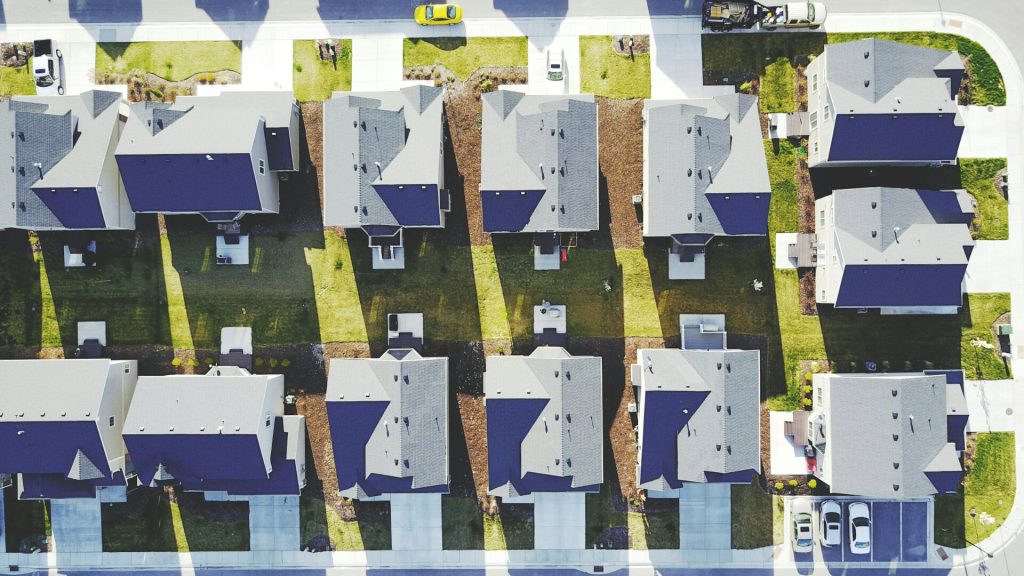
This pattern was held in Ferguson. In the 1960s and 1970s, the town borrowed heavily to fund new infrastructure for its growing white population. But as this population declined and the tax base eroded, Ferguson was unable to service its debt or fund even basic maintenance.
The Continuous Descent into Dysfunction
By 2013, Ferguson was spending $800,000 annually on interest payments, leaving only $25,000 for services like sidewalk repairs. To generate revenue, the town resorted to predatory practices like excessive fines, fees, and court summonses disproportionately targeting the black community, which now comprised two-thirds of the population.
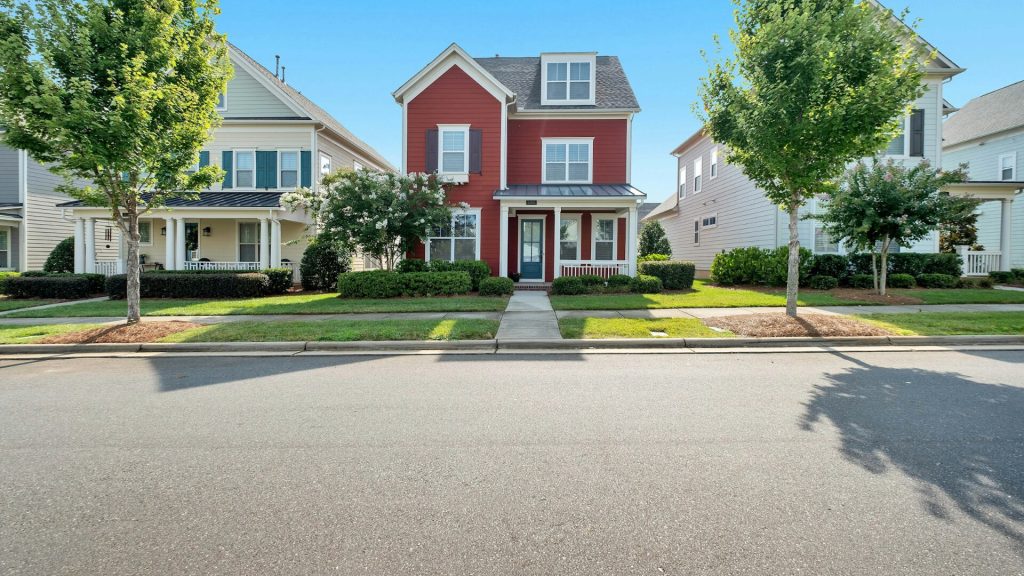
The aggressive policing tactics led to widespread civil rights violations and resulted in a Department of Justice investigation. The fate of Ferguson serves as a sobering warning for suburbs across America. Without prudent financial management and continual investment in infrastructure and services for all residents, regardless of race or socioeconomic status, inner-ring suburbs will continue their descent into dysfunction and decay.
Structure and Critique: Navigating “Disillusioned“
While the racial and economic issues within cities have been extensively documented, the suburbs have received less attention despite serving as a symbol of aspiration for many Americans. From 1950 to 2020, suburbia grew tremendously in population and influence.

However, as Herold explains, “thousands of families of color had come to suburbia in search of their American dreams, only to discover they’d been left holding the bag.” The book’s vast scope is both a strength and a weakness. Covering five families across multiple locations provides a broad perspective, but it can be difficult for readers to follow each narrative thread.
Navigating the Path Forward for Suburban America
To address the decline of America’s diverse suburbs, local governments must make difficult but necessary choices. They must find ways to generate revenue and provide critical services with diminishing resources. This will require cooperation, open communication, and a shared vision between civic leaders and residents.
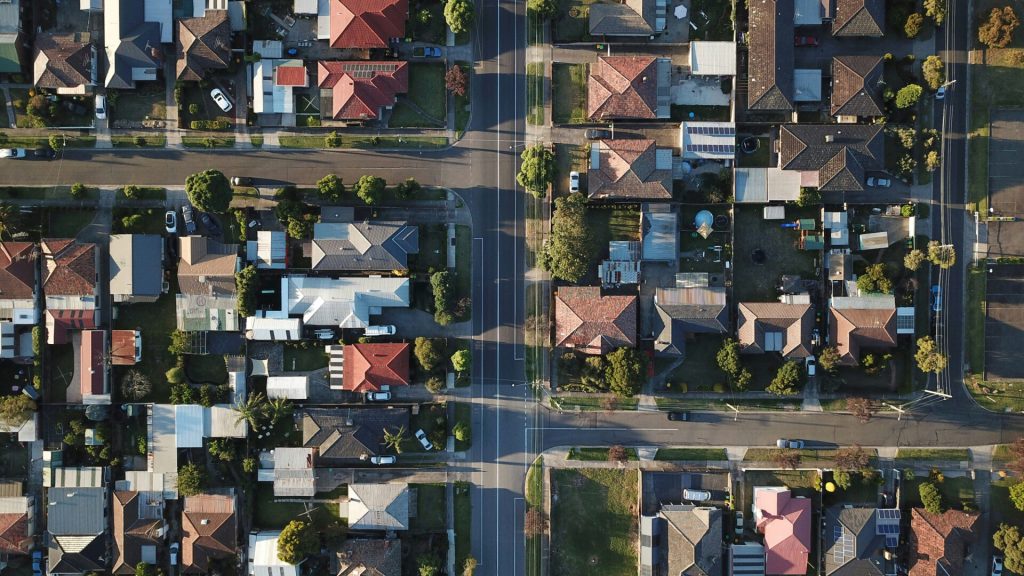
Suburbs need to diversify their tax bases. Reliance on property taxes is unsustainable, as demonstrated by the inner-ring suburbs documented in Herold’s Disillusioned. Investments in infrastructure and education cannot be deferred. The suburbs remain an embodiment of the American dream for many, but that dream is in danger for families of color, and others left behind.

